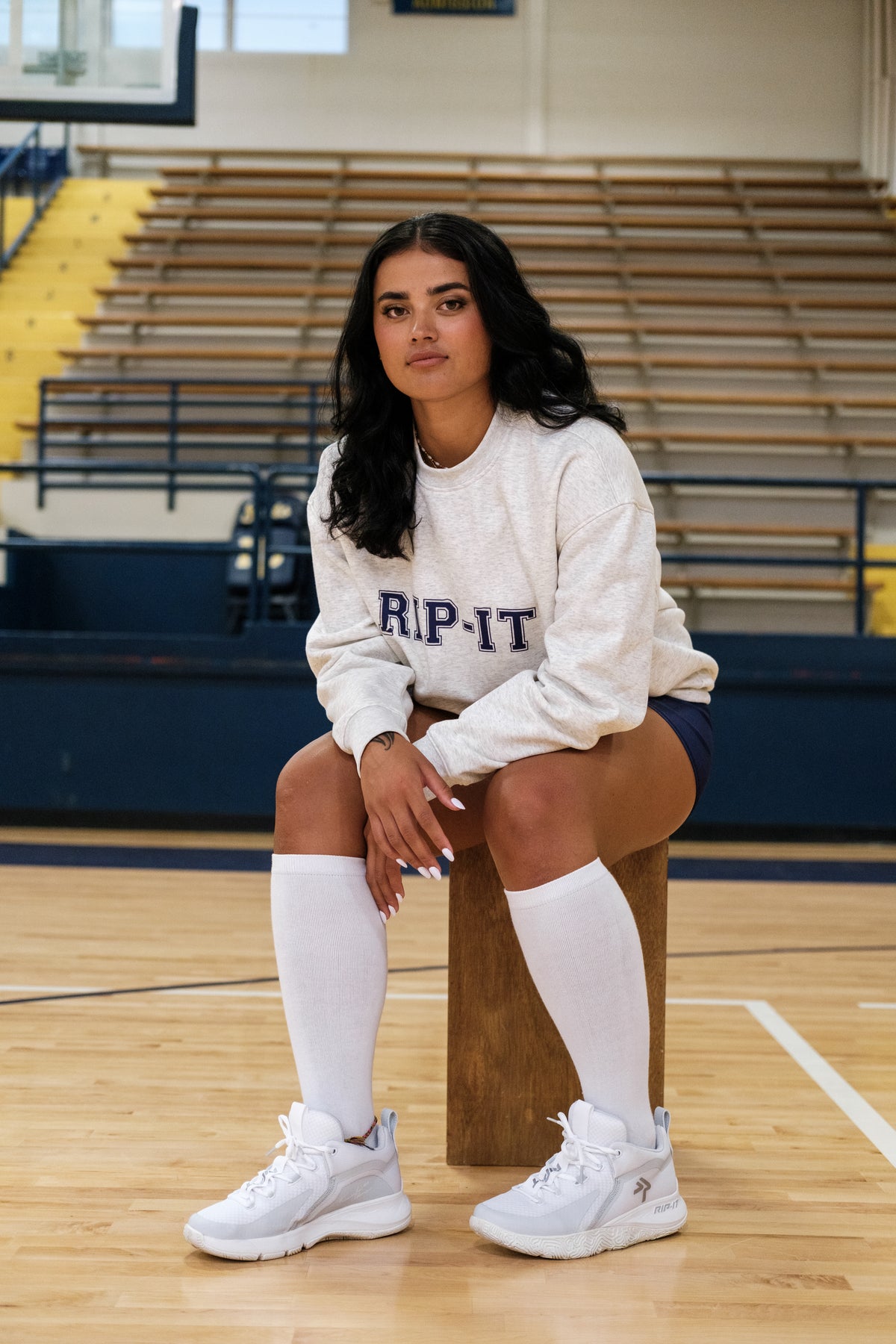Nowadays, fastpitch softball players are required to have a face guard on their helmet. But, it doesn't benefit the player to spend money on a helmet whose face guard just meets the bare minimum requirements. Although helmet face guards might all look the same, there are actually a few key differences that set them apart. These differences, although small, can make a huge impact on your performance at the plate and on base.
1) NOCSAE Standard
The first thing you should be looking for on a helmet is the NOCSAE stamp. Almost all leagues require batter's face guards to have the NOCSAE stamp in order to be legal for play. This stamp certifies that the batter's face guard meets NOCSAE performance standards.
2) Universal Fit
Having a guard with a universal fit is crucial for competitive players so your face guard will be able to fit each and every helmet you wear. Whenever you get a new helmet, this will ensure that your face guard will suit it perfectly, no matter which brand you choose.
3) Anti-Glare
Having clear vision on the field is a necessity in any sport, especially softball. With a pitch coming your way, the last thing you need is glare from the sun tampering your vision. For this reason, it is essential that the face guard on your helmet feature an anti-glare coating for maximum vision.
4) Open Design
An open design is another feature that is necessary to ensure that your vision is not hindered. If a helmet face guard has too many bars or does not leave up enough open space for the to see at all angles, then your vision will be limited. By including an open design, you will be able to get a full 180 degrees of vision, including peripheral.
5) Lightweight
As a player you already know that wearing a heavy helmet is not a pleasant feeling. Softball is a sport that demands speed and quick reactions. Don't let a heavy helmet or face guard weigh you down. Make sure that the metal bars are lightweight.







